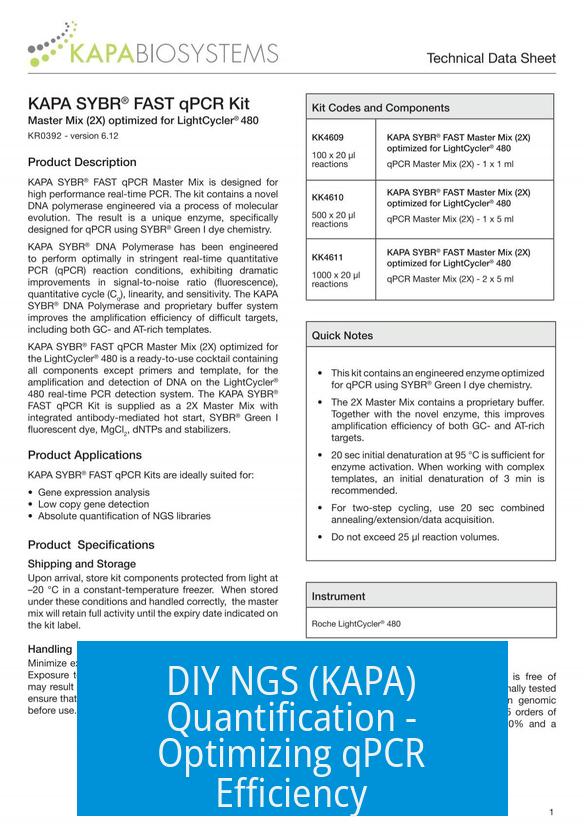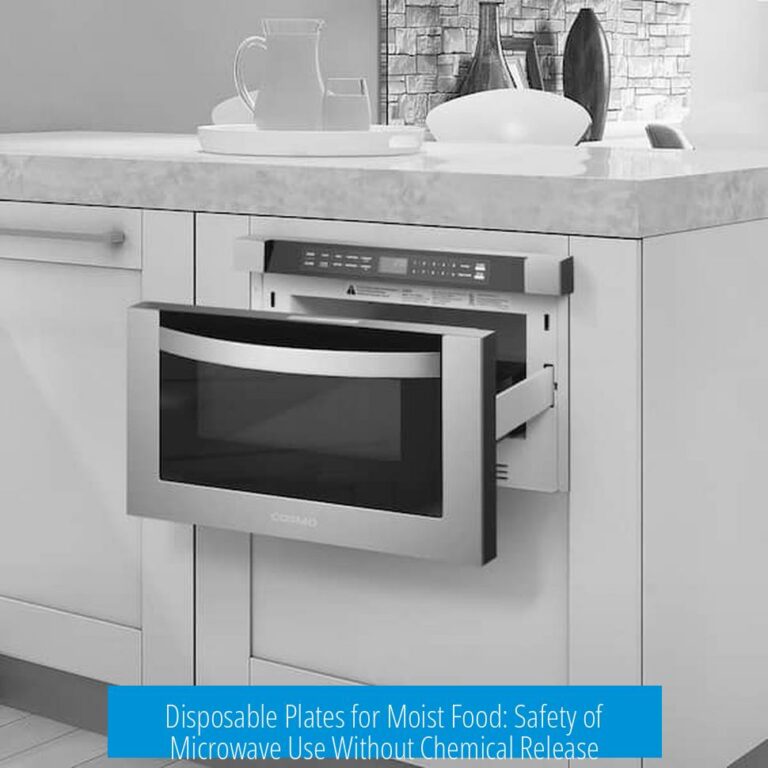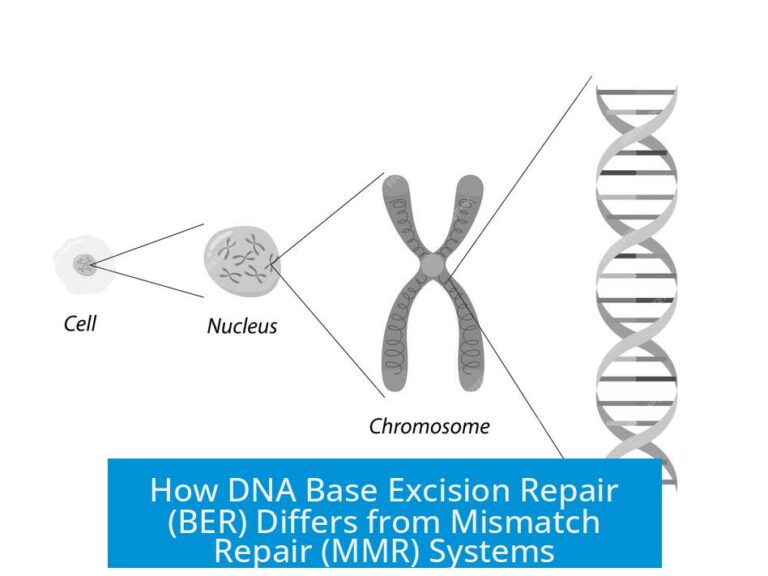DIY NGS (KAPA) Quantification – Optimizing qPCR Efficiency

DIY NGS (KAPA) quantification can achieve reliable qPCR efficiency by refining standards, optimizing qPCR protocols, and addressing pipetting accuracy. Careful attention to these factors ensures precise library quantification for next-generation sequencing.
Standards: KAPA Versus Homemade
Using KAPA-provided standards typically enhances consistency. Homemade standards may introduce variability unless carefully prepared and validated. Users should verify if switching to in-house standards is necessary or beneficial for their setup.
qPCR Program Parameters
- Denaturation Time: A 30-second denaturation step per cycle tends to be longer than needed. Most protocols optimize this to 10–15 seconds to reduce run time without compromising template denaturation.
- Three-Step Protocol: Implementing a three-step cycling protocol (denaturation, annealing, extension) can improve specificity and efficiency over simple two-step programs.
- Reaction Volume: Reducing reaction volumes, for example to 10–15 μL, helps save reagents while maintaining accuracy, provided pipetting precision is ensured.
Enhancing qPCR Efficiency and Data Quality
Efficiency calculated from the standard curve slope near 92% indicates an acceptable reaction, as optimal ranges are typically 90–110%. Deviations often arise from pipetting inconsistencies rather than reaction chemistry.
| Potential Issue | Cause | Solution |
|---|---|---|
| Uneven Standard Curve | Pipetting inaccuracies | Use calibrated pipettes; minimize volume steps |
| Large Volume for Accuracy | Does not necessarily improve pipetting precision | Practice consistent technique; use replicates |
| High Variation Among Replicates | Inconsistent sample handling | Review protocol; increase replicates for reliability |
Reviewing replicate consistency is crucial; tight clustering strengthens confidence in quantification results.
Alternative Quantification Approaches
Transitioning to a TaqMan assay offers direct quantification of sequenceable molecules, bypassing the need to estimate molarity from mass and fragment length. This approach can increase accuracy and streamline library quantification. More details on implementing TaqMan assays are available here.
Key Takeaways
- Using commercial KAPA standards reduces variability compared to homemade options.
- Optimize denaturation time and consider three-step PCR cycling for efficiency.
- Smaller reaction volumes save reagents; pipette carefully to maintain accuracy.
- 92% PCR efficiency is acceptable; pipetting errors often cause standard curve issues.
- Check replicate consistency for reliable quantification.
- TaqMan assays provide direct, sequenceable molecule quantification.





Leave a Comment